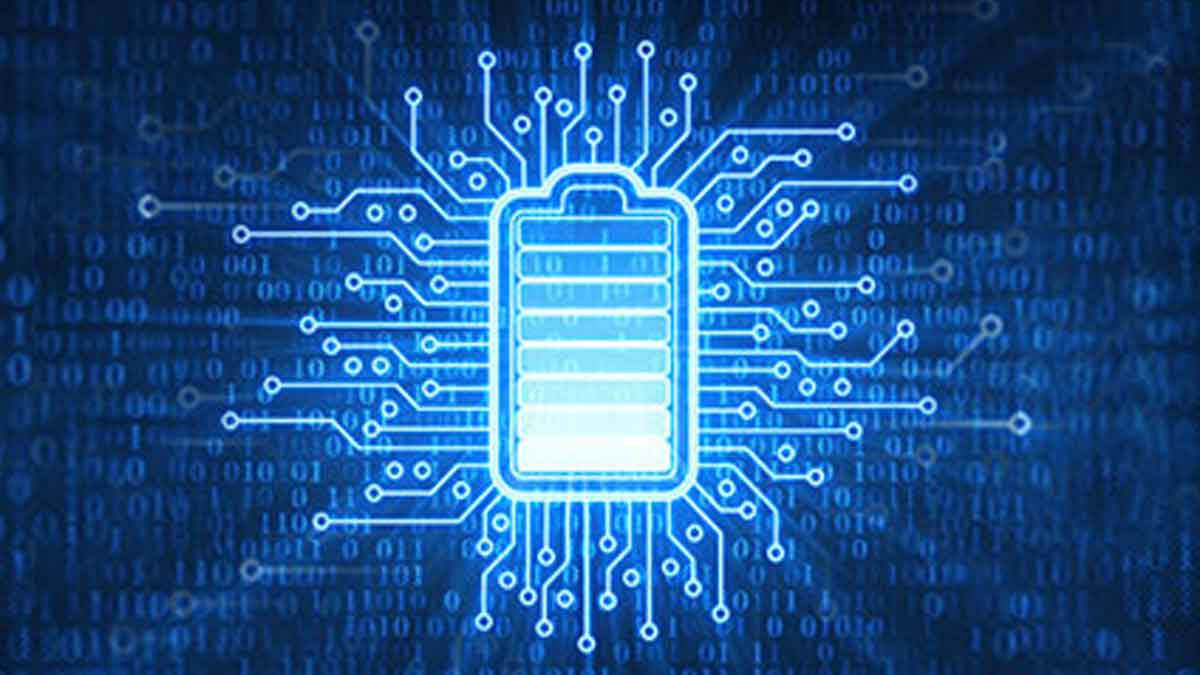
Guest post by Martin O’Leary, Data Edge
Energy is the hot topic of every business and household at the minute. With energy prices increasing and energy-intensive sectors taking the heat, the data centre industry is one that is particularly in the news. Fears of blackouts on the energy grid this Winter is a big threat to everyone. Supply is struggling to meet demand, thus, something must be done.
The reality is, that data usage will continue to grow as it is a necessity, and data centres are crucial to this, as well as being critical infrastructure in allowing Ireland to be an attractive digital hub for national and international business growth. What we must remember is that the data centre industry as well as large enterprises are not lost causes in the realm of sustainability. In fact, climate action goals, emissions targets and sustainability objectives are possible to achieve with the help of such industries – paired with the right measurement and management support.
A business or data centre cannot manage what it does not measure, so that’s where they can start. The first step of measurement is real-time accurate information. A clear picture of power utilisation and environmental conditions is essential to improving energy efficiency, lowering costs, and ensuring sustainability. Effective power-saving solutions will be underpinned by accurate information and detailed monitoring over time.
REMOTE MONITORING AND MEASURING
Just as remote working has become essential for many businesses, so too has remote monitoring. The exponential growth of hybrid working has led to large-scale data sharing and storage outside of the traditional office environment, mainly into data centres. The ability to remotely monitor is becoming more and more important for data centre operators to ensure they can adapt quickly to environmental conditions and minimise energy usage. .
Monitoring systems need to be capable of seamless, remote upgrades of all software and firmware components, which includes all wired and wireless communication sensors. The systems should be able to completely upgrade and reconfigure all monitoring components with no physical access and no power cycling of anything, without any exceptions.
SUBMETERING
This is where power submetering comes in. It’s common in Ireland among tenants, business departments, universities, data centres and so on. A submetering system informs your energy usage habits as it provides a precise understanding of what drives your power use. Adding such a system means you can measure power usage at a variety of levels – room, equipment, subsystem and even customer levels. You can then accurately allocate costs, bill customers accurately, optimise energy usage, identify and eliminate waste and plan for future needs which will cater to budget, capacity and targets.
Adding submetering monitoring provides a benchmark to power quality readings or “signatures”. When equipment is failing, or about to fail, it will often be identified by changes in its power usage. Thus, monitoring power signatures can reduce downtime and avoid system failure.
Often, areas of a business will need to be revamped which can be done through retrofitting, which can be underpinned by the data collected from power monitoring. The trend is that once the data is collected, measured and monitored, the rest follows!
Submetering is also very beneficial considering the popularity of colocation services providers, which rent out space to third parties. Submetering allows for breaking down costs at the individual user level which enables billing for actual usage as opposed to estimations.
Measuring power consumption doesn’t need to be an overwhelming task. With the right scalable solutions and accurate information, reducing power consumption is a viable option for a business, data centre, your home or even the local shop down the road. The key to effective measurement, monitoring and managing is accurate information and choosing a solution that scales your needs. Putting the systems in place with the ability to measure energy usage, will allow you to manage your power, control your energy consumption, and reduce energy costs.
WHY SHOULD WE DO THIS?
Why should we optimise (or reduce) power consumption? Or more importantly, why do we need to? Well, Ireland itself has goals to achieve as part of the Climate Action Plan 2021 and to curb potential blackouts that the energy crisis has highlighted – it’s important that usage is reduced in some way.
Environmental monitoring is very important for green reports and Ireland’s sustainability efforts in general – one of which is to halve our greenhouse gas emissions by 2030 and to reach net zero by 2050 at the latest. If every data centre or business makes a small change that reduces power consumption, it will account for a large change in the country’s overall sustainability efforts and power usage on the grid. As data centres are consuming more electricity than all of Ireland’s rural homes put together, they are in the spotlight, the pressure is on, and the steps to take to improve cost efficiencies and environmental goals are there.
CONCLUSION
So, what can we do? Energy prices are rising, energy supply is constrained by too much demand and data usage will continue to grow exponentially. Data centres are vital infrastructure that won’t be going away any time soon. They have high demands on the energy grid, but these demands can be curbed through effective measurement and management. Data centres and businesses alike can become more sustainable through using solutions with the right real-time information.
It’s as simple as this – if energy isn’t measured and monitored, it won’t be reduced. Therefore, putting solutions in place that measure and monitor energy usage will give a business or household accurate information, the ability to pinpoint where consumption is too high and provide the tools to become more sustainable and greener.
